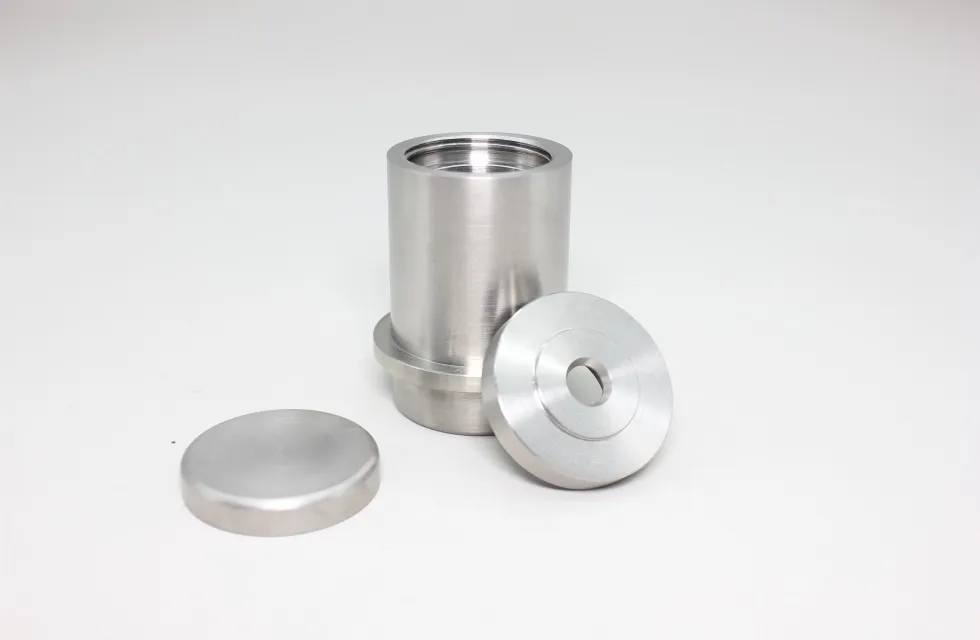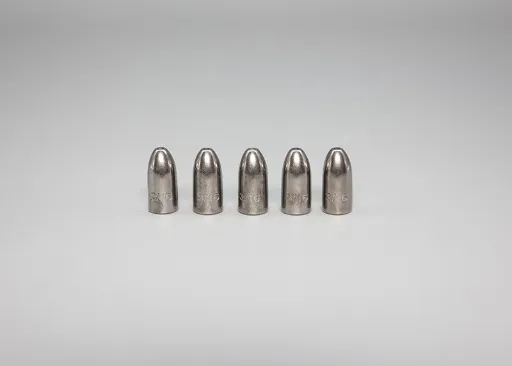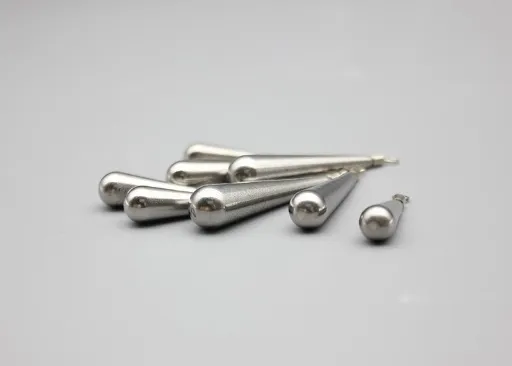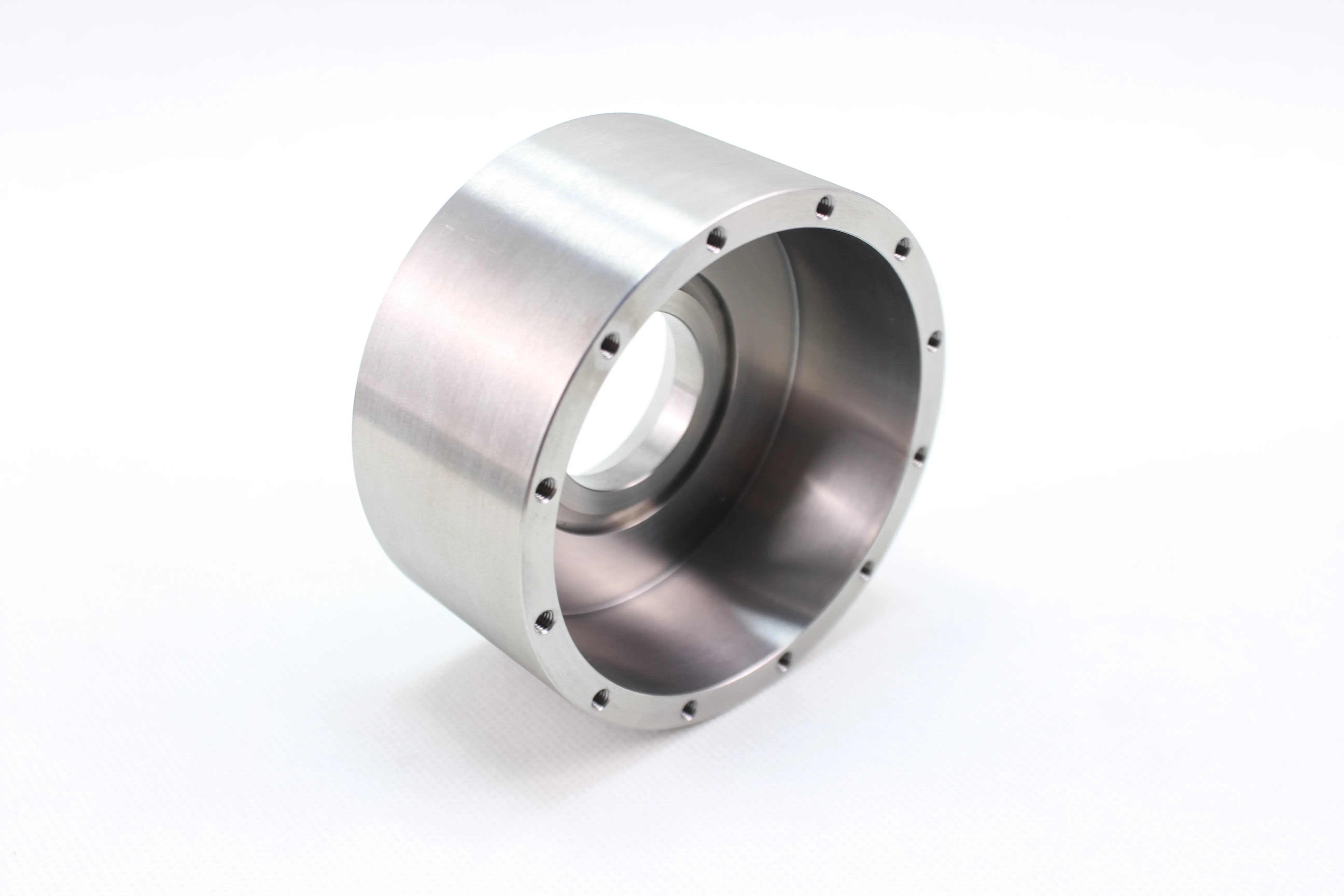Why Tungsten Fishing Weights Are Dominating the Sport
If you’ve browsed the tackle aisles or watched a competitive fishing tournament lately, you’ve witnessed a quiet revolution. The humble fishing weight, a staple of angling for centuries, has undergone a high-tech transformation. Lead, the traditional material of choice, is being rapidly dethroned by tungsten. But why? What justifies the higher price tag, and why are serious anglers from bass pros to walleye specialists making the switch?
The answer is simple: Tungsten provides a tangible, performance-driven advantage that simply catches more fish. It’s not just a weight; it’s a critical sensory tool.
The Fundamental Edge: Density and Sensitivity
The core of tungsten’s superiority lies in basic physics. Tungsten alloy is incredibly dense—approximately 1.7 times denser than lead.
-
Lead Density: ~11.3 g/cm³
-
Tungsten Density: ~18-19 g/cm³
-
What does this mean in your hand? A ¼ oz tungsten weight is significantly smaller than a ¼ oz lead weight. This compact size is the source of almost every advantage tungsten offers.
1. Unmatched Sensitivity: Feel Every Bite
This is the number one reason anglers switch. The smaller profile offers less water resistance, allowing vibrations to travel up your line to your rod tip with far less interference. You’re no longer feeling just the "thump" of a big bite. With tungsten, you feel the faintest tap-tap of a bass mouthing your craw, the subtle drag of a walleye lifting your sinker off the bottom, or the lightest tick of a rock. This instant feedback allows for faster hook sets and more landed fish, especially in deep water or in the hands of a finesse angler.
2. Superior Bottom Contact and "Snap"
The increased density makes tungsten weights fall faster and straighter. They get your bait to the strike zone quicker and maintain better contact with the bottom. When you lift your rod tip, the compact weight breaks free from snags easier and responds instantly. Many anglers also swear by the sound—tungsten makes a sharp, high-pitched "tick" when it hits wood or rock, which can be a key trigger to attract curious fish, unlike the dull "thud" of lead.
3. Punching and Flipping Power
In heavy cover like matted grass and thick vegetation, the compact nature of tungsten is a game-changer. A 1.5 oz tungsten "punching weight" has a much smaller profile than its lead counterpart, allowing it to slice through grass effortlessly, enabling your bait to reach the big bass hiding below. This is arguably where tungsten provides its most dramatic mechanical advantage.
Beyond Performance: The Practical and Ethical Advantages
4. Eco-Friendly and Future-Proof
Lead is a toxic metal that can leach into waterways and harm wildlife. Many states, national parks, and even entire countries have begun implementing bans on lead fishing tackle. Tungsten is completely inert and non-toxic, making it the responsible choice for anglers who care about conserving the fisheries they love. Switching to tungsten ensures your gear is legal anywhere you go.
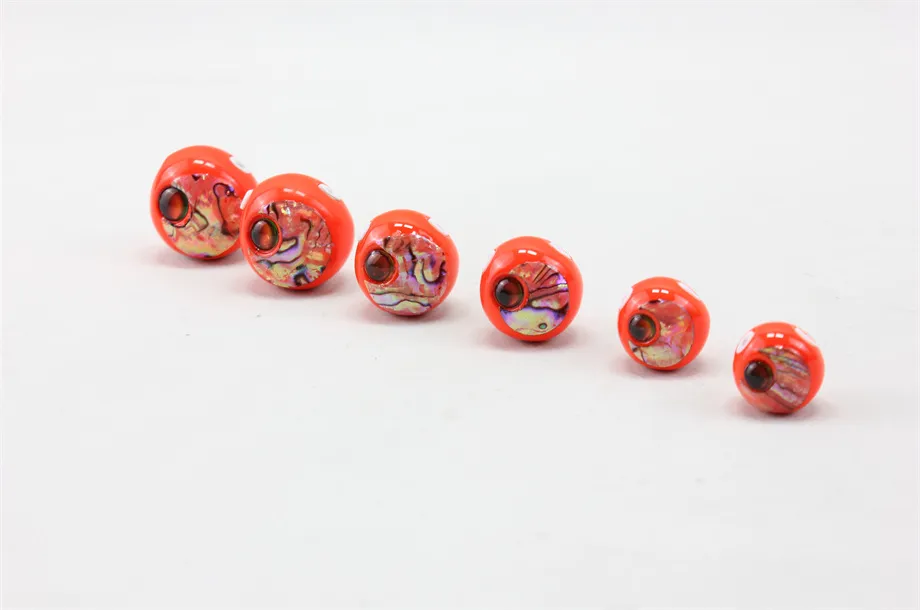
5. Durability That Lasts
Lead is soft. It dings, dents, and gets mangled, changing its hydrodynamics and often needing replacement. Tungsten is extremely hard and durable. It maintains its perfect shape and integrity trip after trip, making it a better long-term investment despite the higher upfront cost.
Addressing the Elephant in the Room: The Cost
Yes, a pack of tungsten weights costs more than a pack of lead weights. However, anglers need to reframe how they see this tool. You’re not buying just a sinker; you’re investing in a premium component that elevates your entire presentation. The combination of increased catch rates, unmatched durability, and the fact that it’s legal everywhere justifies the price for those serious about their sport. It’s an upgrade that pays for itself in fish caught and confidence gained.
Pro Tip for Switching: Protect Your Line!
Tungsten’s hardness is an advantage, but it comes with one caveat: it can fray your line. The material is so hard that the edges of the weight’s hole can act like a tiny saw against your fluorocarbon or braid. Always use a polymer sleeve inserted into the weight's hole. These cheap, readily available accessories protect your line and are absolutely non-negotiable for maintaining terminal tackle strength.
The Verdict: Are They Worth It?
For the casual angler who fishes occasionally, lead may still suffice. But for tournament competitors, guides, and any dedicated angler looking for every possible advantage, the answer is a resounding yes.
Tungsten fishing weights dominate the sport because they provide a clear, measurable improvement in sensitivity, presentation, and environmental responsibility. They connect you directly to the underwater world, translating subtle clues into actionable information. In a sport where seconds and ounces separate success from failure, tungsten isn’t just a trend—it’s the new standard.
Ready to experience the difference?
Start with a pack of tungsten bullet weights for your Texas rig or drop shot weights for your finesse presentations. Your feel for the bottom—and the bite—will never be the same.

 EN
EN AR
AR FR
FR DE
DE HI
HI IT
IT JA
JA KO
KO PT
PT RU
RU ES
ES ID
ID LV
LV VI
VI HU
HU MS
MS GA
GA BE
BE YI
YI EU
EU